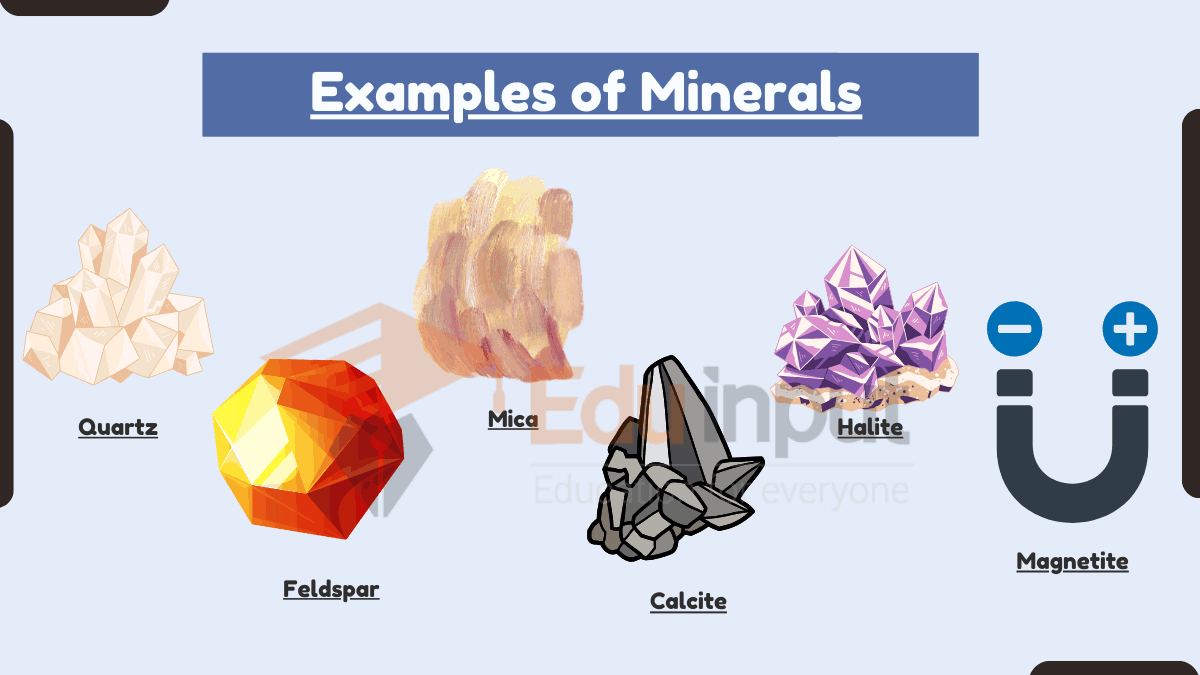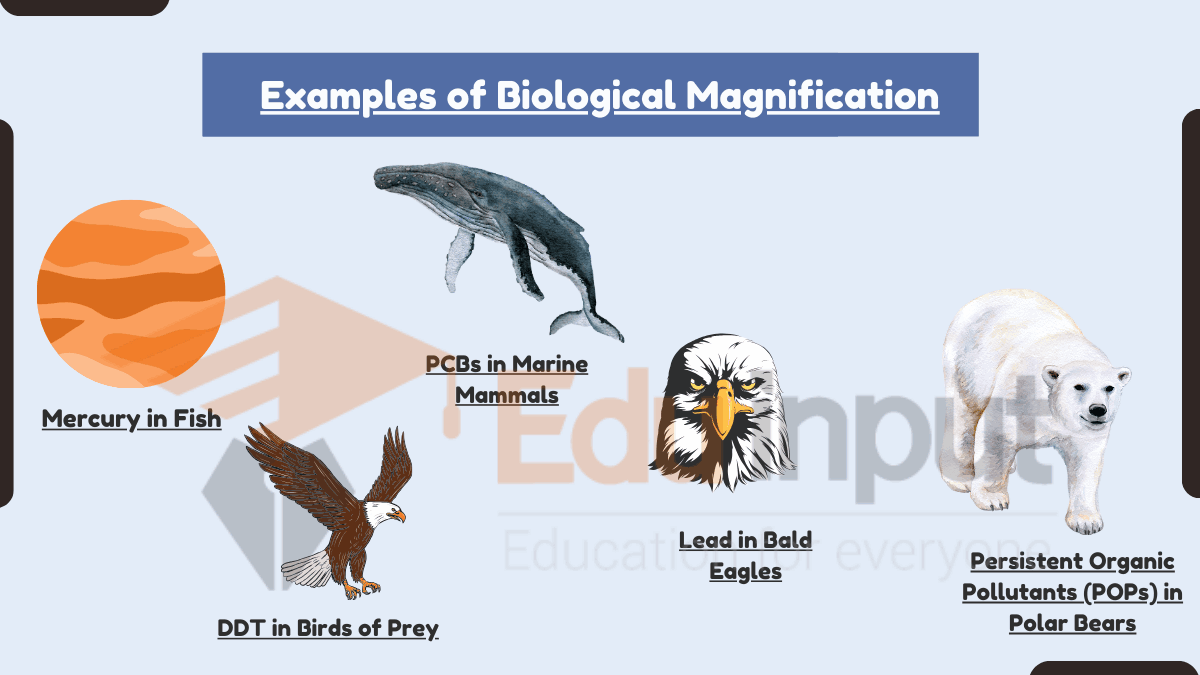20 Examples of Bacteria
Bacteria are microbes that can be either beneficial or harmful for living organisms. E. coli, Staphylococcus aureus, Salmonella enterica, Mycobacterium tuberculosis, and Methanogens are few examples of bacteria.
Examples of Bacteria
Here are some examples of bacteria:
1. Escherichia coli (E. coli)
E. coli is a common example of bacteria, found in the intestines of humans and animals. While some strains can be harmful, others are used in biotechnology and research.
2. Staphylococcus aureus
This bacterium is often found on the skin and in the respiratory tract. It can cause various infections, including skin infections, pneumonia, and more severe conditions.
3. Bacillus subtilis
Bacillus subtilis is a common example of bacteria that is Commonly known as hay bacillus or grass bacillus, B. subtilis is a beneficial bacterium used in agriculture and as a model organism in scientific research.
4. Salmonella enterica
This bacterium can cause food poisoning, leading to symptoms like diarrhea, fever, and abdominal cramps. It is often associated with contaminated food.
5. Clostridium botulinum
C. botulinum produces a toxin that can cause botulism, a rare but serious illness characterized by muscle weakness and paralysis.
6. Mycobacterium tuberculosis
Responsible for tuberculosis, M. tuberculosis is a bacterium that primarily affects the lungs but can also impact other parts of the body.
7. Neisseria gonorrhoeae
This bacterium causes the sexually transmitted infection gonorrhea, which can lead to various health complications if left untreated.
8. Helicobacter pylori
H. pylori is a bacterium that infects the stomach lining and is associated with conditions like gastritis and peptic ulcers.
9. Cyanobacteria
Cyanobecteria are example of photosynthetic bacteria. They are also known as blue-green algae, cyanobacteria are photosynthetic bacteria found in various aquatic environments.
10. Methanogens
These bacteria are capable of producing methane as a byproduct of their metabolic processes. They are often found in anaerobic environments like the digestive tracts of animals.
11. Yersinia pestis
Y. pestis is the bacterium responsible for causing bubonic, septicemic, and pneumonic plagues. It is transmitted through fleas that infest rodents.
12. Lactobacillus acidophilus
This beneficial bacterium is found in the human gut and is used in probiotic supplements and certain fermented foods like yogurt.
13. Pseudomonas aeruginosa
P. aeruginosa is an opportunistic pathogen that can cause infections in individuals with weakened immune systems.
14. Rhizobium
These bacteria form symbiotic relationships with leguminous plants, aiding in nitrogen fixation and enhancing plant growth.
15. Vibrio cholerae
This bacterium is responsible for causing cholera, a waterborne disease characterized by severe diarrhea and dehydration.
16. Listeria monocytogenes
L. monocytogenes is a bacterium that can contaminate food and cause listeriosis, a serious illness particularly dangerous for pregnant women and immunocompromised individuals.
17. Shigella
These bacteria cause shigellosis, an intestinal infection leading to symptoms like diarrhea, fever, and abdominal cramps.
18. Campylobacter jejuni
C. jejuni is a bacterium commonly associated with foodborne illnesses, causing symptoms like diarrhea, fever, and abdominal pain.
19. Borrelia burgdorferi
This bacterium is transmitted through ticks and causes Lyme disease, which can lead to symptoms like joint pain, fever, and fatigue.
20. Treponema pallidum
T. pallidum is the bacterium responsible for syphilis, a sexually transmitted infection that progresses through various stages if left untreated.

 written by
written by 




Leave a Reply